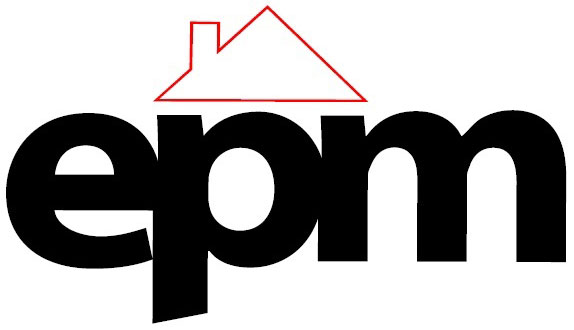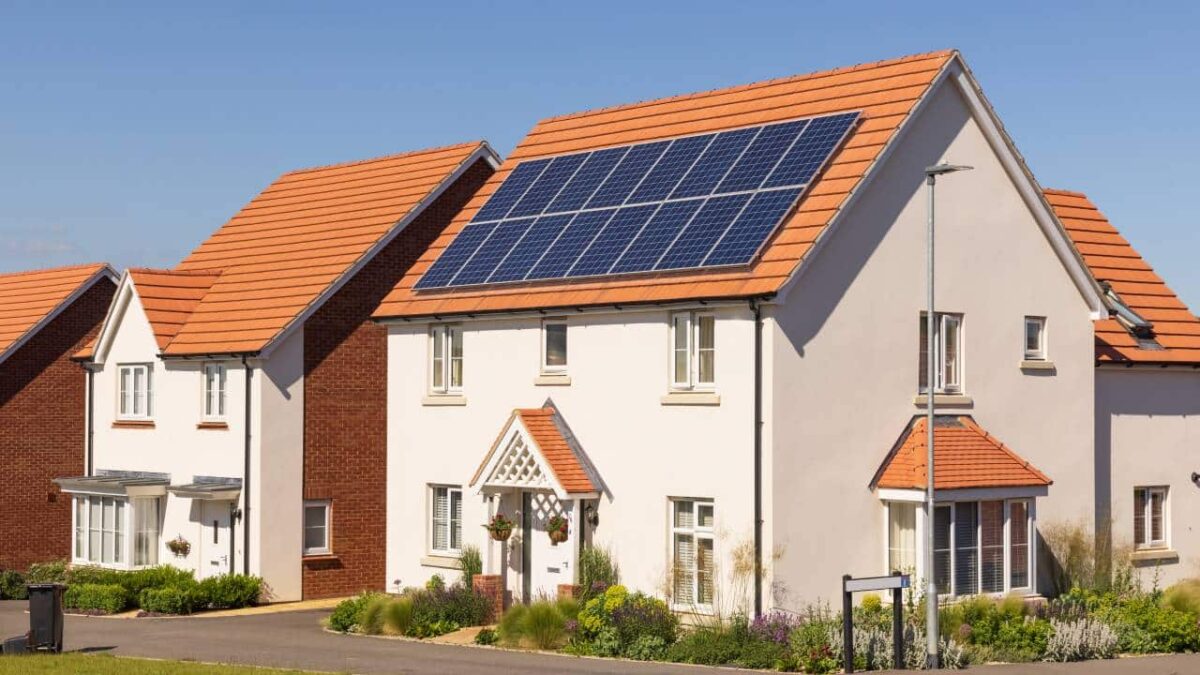Commitment to sustainability and renewable energy has opened exciting possibilities for individuals and businesses to embrace solar photovoltaic (PV) systems. In this blog, we will explore the factors that determine the suitability of solar PV for your home or business. By understanding these considerations, you can make an informed decision that aligns with your energy needs and contributes to a greener future.
1. Sunlight Availability:
The UK’s reputation for cloudy weather may raise questions about solar PV’s viability. However, advancements in solar technology have made solar energy a practical option even in moderate sunlight conditions. While the south of the UK typically receives more sunlight, solar PV can still be efficient and effective in other regions, contributing to energy generation and cost savings.
2. Roof Suitability:
Assessing your roof’s suitability is crucial for a successful solar PV installation:
a. Roof Space: Adequate roof space is necessary to accommodate solar panels. The available space will determine the system’s size and energy output.
b. Roof Orientation: South-facing roofs are ideal for maximizing solar energy absorption. However, east and west-facing roofs can also work well, albeit with slightly reduced efficiency.
c. Shading: Avoid locations with excessive shading from nearby structures, trees, or chimneys, as shading can significantly impact energy production.
d. Roof Condition: Ensure your roof is in good condition and can support the weight of solar panels for the system’s lifespan.
3. Financial Incentives:
In the UK, several financial incentives and support schemes make solar PV more accessible and attractive:
a. Smart Export Guarantee (SEG): The SEG ensures you receive payments for excess energy exported to the grid, making solar PV financially rewarding.
b. Reduced Energy Bills: Solar PV allows homeowners and businesses to generate their electricity, reducing dependency on grid-supplied electricity and lowering energy bills.
4. Environmental Impact:
Solar PV’s contribution to reducing carbon emissions and mitigating climate change is significant. By generating clean energy, you actively participate in the UK’s mission to achieve net-zero greenhouse gas emissions by 2050, fostering a sustainable environment for future generations.
5. Maintenance and Longevity:
Solar PV systems are low-maintenance and can last for several decades with proper care. Regular inspections and occasional cleaning are essential to ensure optimal performance and longevity.
Conclusion:
Embracing solar PV for your home or business is a transformative step towards sustainability, energy independence, and cost savings. Despite the UK’s reputation for cloudy weather, advancements in technology and attractive financial incentives have made solar PV a viable and efficient energy solution across the nation.
Before making the decision, assess sunlight availability, roof suitability, and the financial incentives available to you. By collaborating with reputable solar energy experts, you can receive personalized recommendations and tailored solutions that suit your property’s unique needs.
Take advantage of the renewable energy movement and make a positive impact on the environment while reaping the benefits of clean, cost-effective solar power. Contact us today to explore the potential of solar PV for your home or business and be a part of the sustainable energy revolution.



